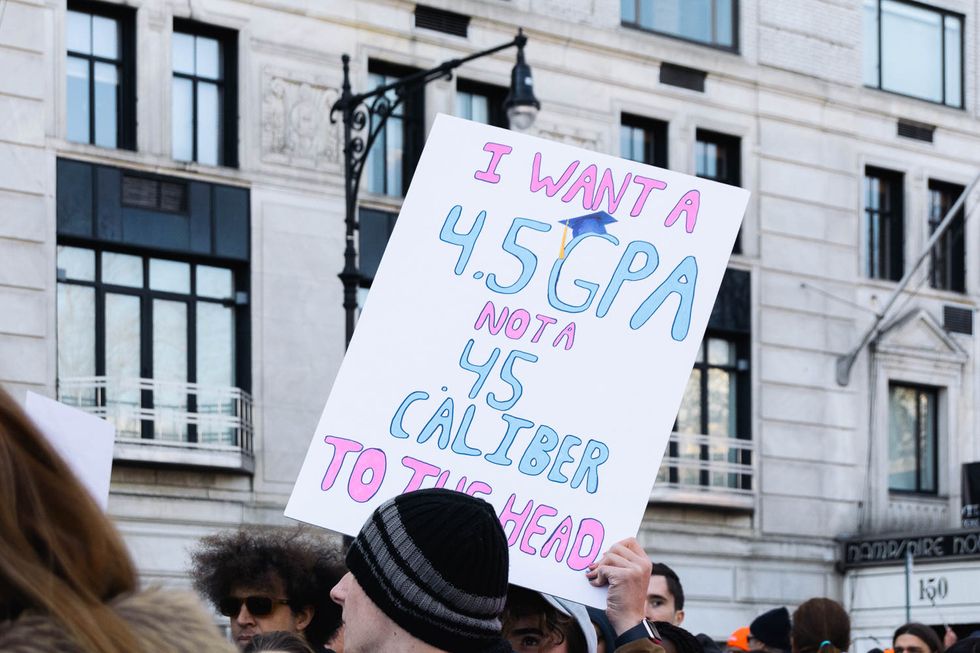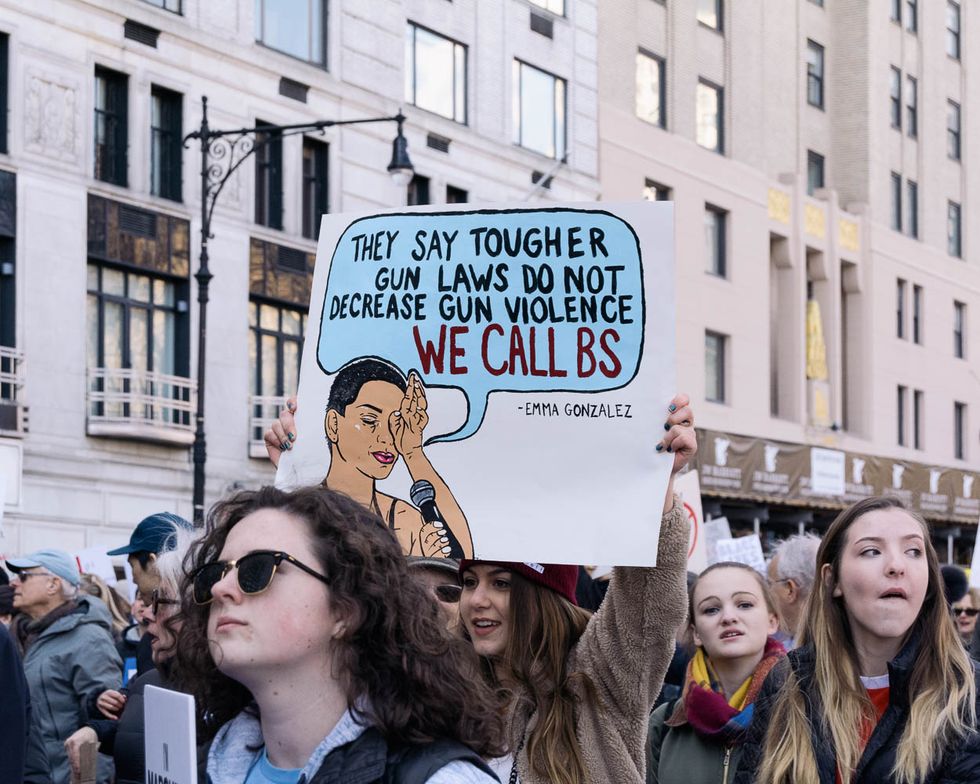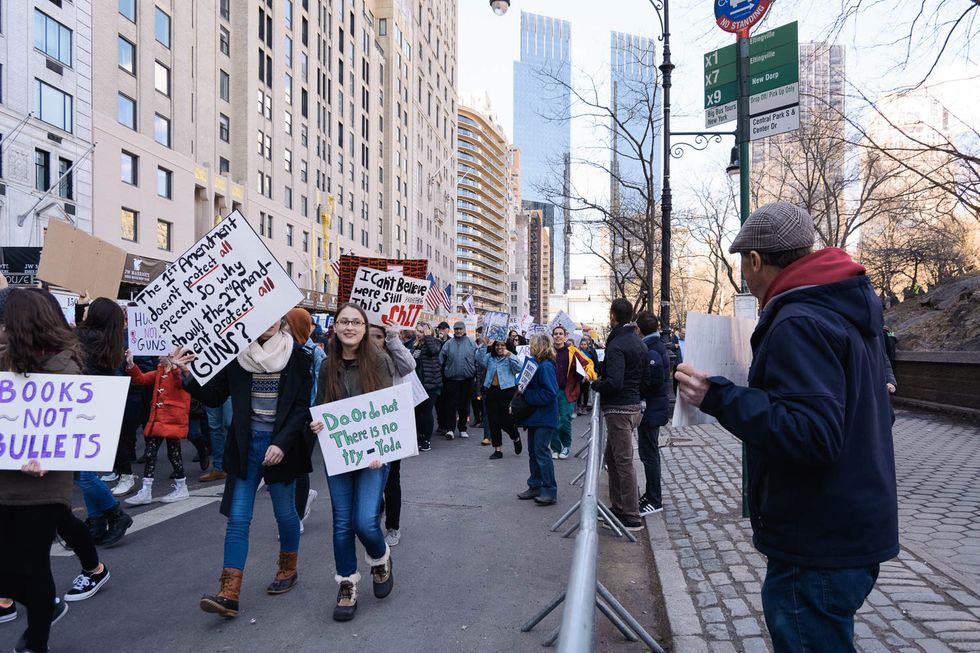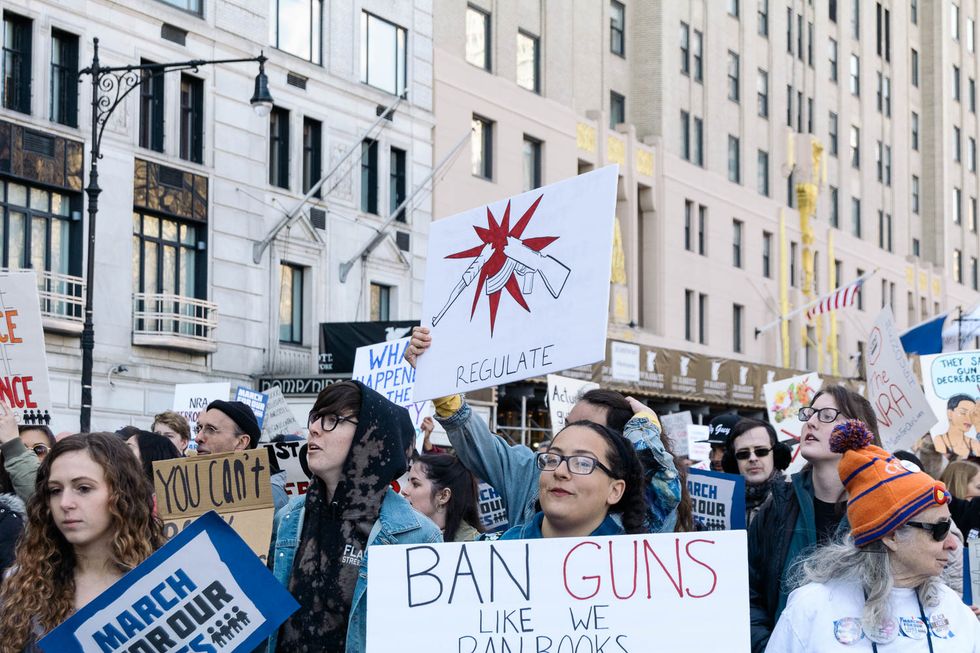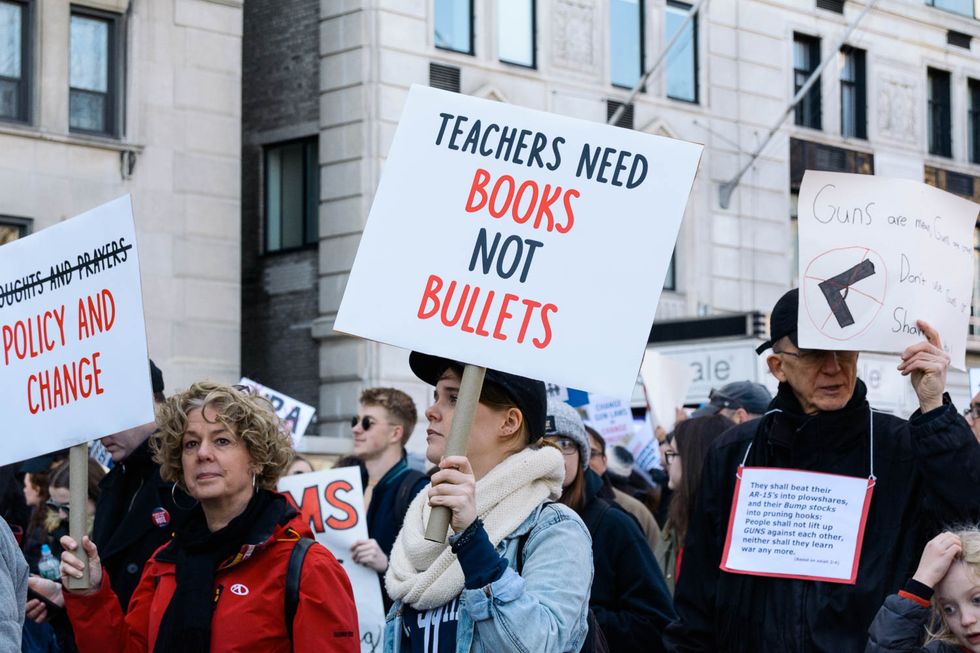On Saturday, March 24, millions across the United States of America gathered for a single cause—gun reform. In light of the shooting at Stoneman Douglas High School in Parkland, Florida that resulted in the deaths of 17 young students, people across the nation and even the world have taken a stand to speak out against gun violence. In New York alone, Mayor Bill DeBlasio reported that an approximate 150,000 people marched. In Washington D.C., about 800,000 were said to have gathered.
What many had believed at first to have been “just another school shooting” like Sandy Hook Elementary or Columbine High School is now being called a “revolution.” Since the shooting on February 14, the students affected have used social media and their platforms on the news to advocate for change and organize.
And organize indeed they did on March 24. I was present at the March for Our Lives Protest myself in New York. New Yorkers were dressed in bright orange—the official color of a gun control advocacy group—marching from West 72nd Street in Central Park to 43rd street. Among the many slogans that were shouted amidst the crowds were “Hey, hey, ho, ho, the NRA has got to go,” referring to the National Rifle Association, likely the largest lobby for gun rights. “Change,” was hollered in the demand for reform, and “we call b.s.,” was chanted in reference to the pro-gun advocates’ claims that “guns don’t kill people, people do.” The crowds demanded that politicians “end the silence” to end gun violence, however, the loudest cry came from those who voiced “this is what democracy looks like.”
Though I marched with the others, at some point I also stood on the sidelines, where I noticed people gathered in support of the marchers. Most notably, I noticed an elderly man that shouted as people walked by, “say it loud so the man on the golf course can hear you,” and shared a piece of his own experience with them saying, “I saw enough guns and dead bodies in Vietnam to last me a lifetime. I want nothing to do with them anymore.” His encouragement caused those marching by to cheer loudly and thank him, some even stopping to speak with him and record his story. Volunteers with registration sheets also stood on the sidelines, prepared to register people from almost any state to vote in hopes to encourage greater turnout in the mid-term elections.
Observing all this as I took photos of the events that unfolded and all the signs that expressed people’s frustrations and outrage, I felt the intense desire to cry. And so, I did.
The reality is very strong—to realize, especially as a student, that the place that I consider my safe zone perhaps isn’t really safe; that the people I call my peers and have barely seen their horizons are being shot dead before even reaching the age to vote; that the people we elect to protect us have betrayed us to greed and desire for power; that in 2018 it is still a reality that weapons of mass destruction are available to anyone who has a valid ID; that we are still marching—for something, anything to change.
Though at times I think we have progressed, I realize there are still many issues in which we have remained stagnant and even regressed. Children should not have to consider themselves lucky they’ve made it home alive from school. Parents should not have to say a prayer under their breaths when they drop them off to learn. Teachers should not have to worry whether they will have to sacrifice their lives to save their students.
As a human race, we must do better. However, despite the darkness that we face in this world, participating in a moment such as The March for Our Lives brings me a lot of hope and makes me feel very proud. For a moment, I felt as though regardless of our differences, I was united with those marching—young and old, poor and rich, black and white and Latino and Asian, and Paul McCartney. And suddenly, as the sun shone upon on us on a beautiful Saturday morning, I felt like a change was coming.

